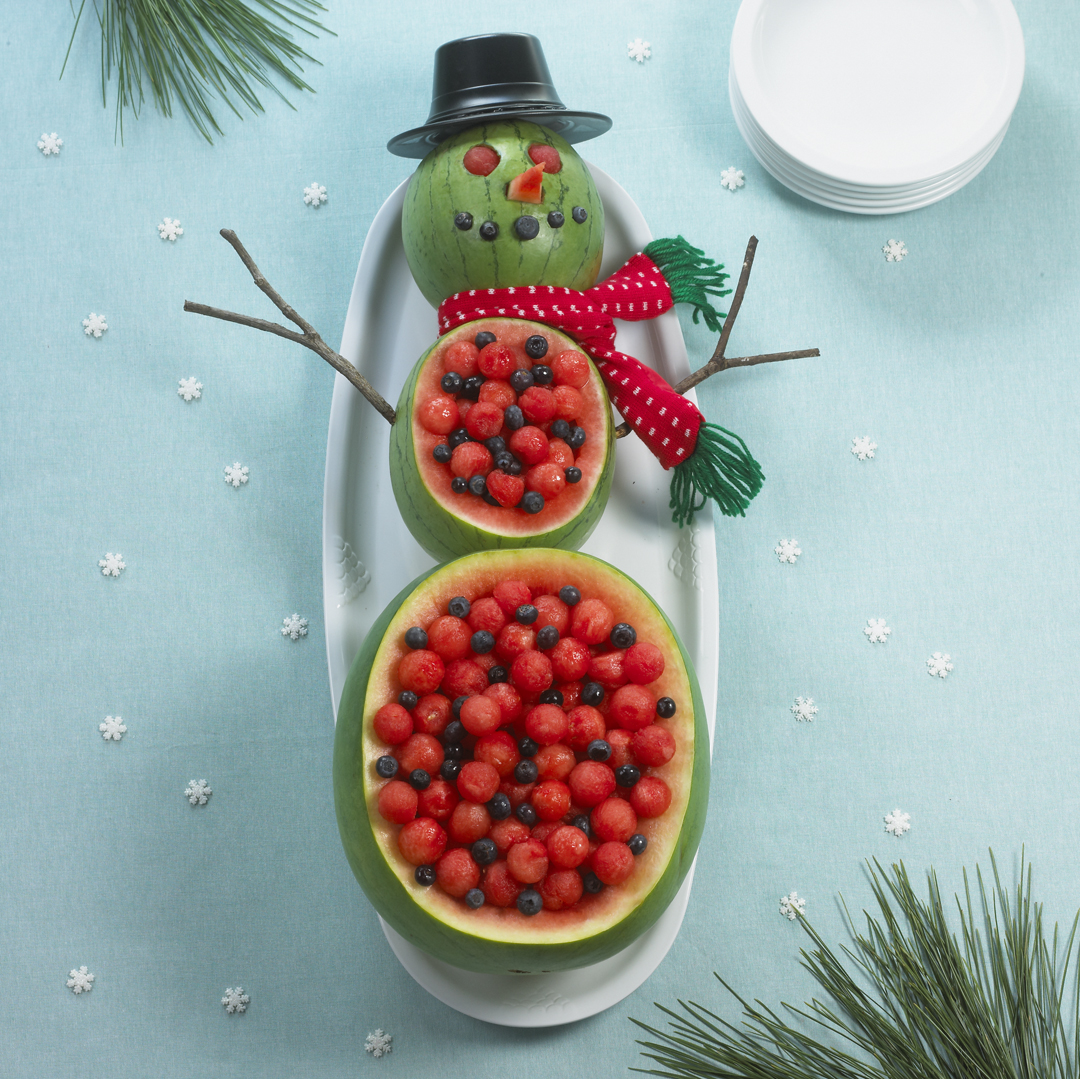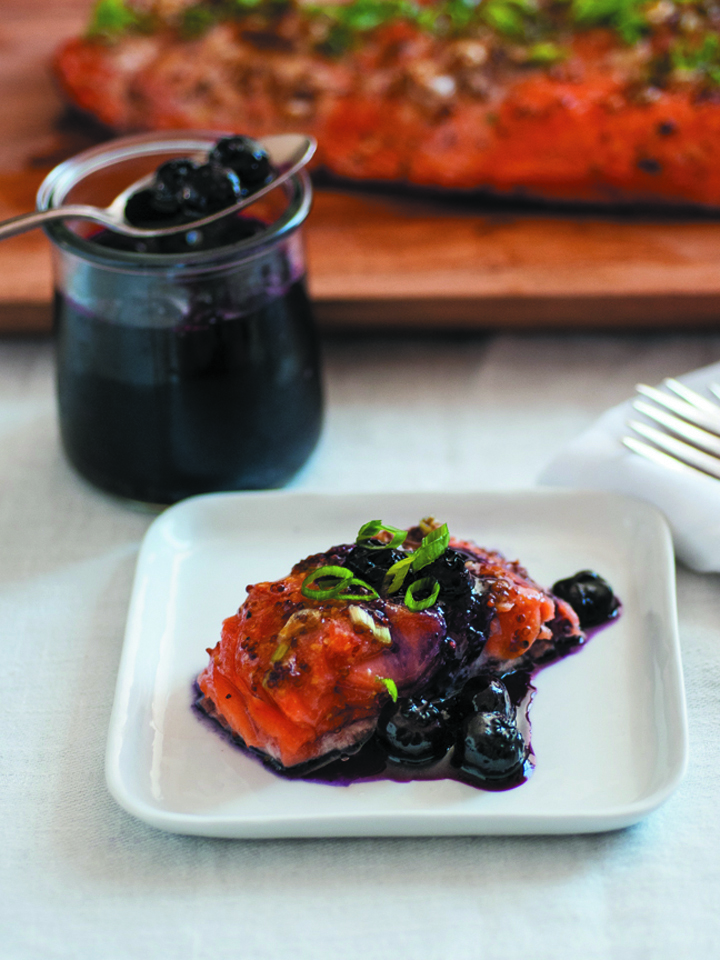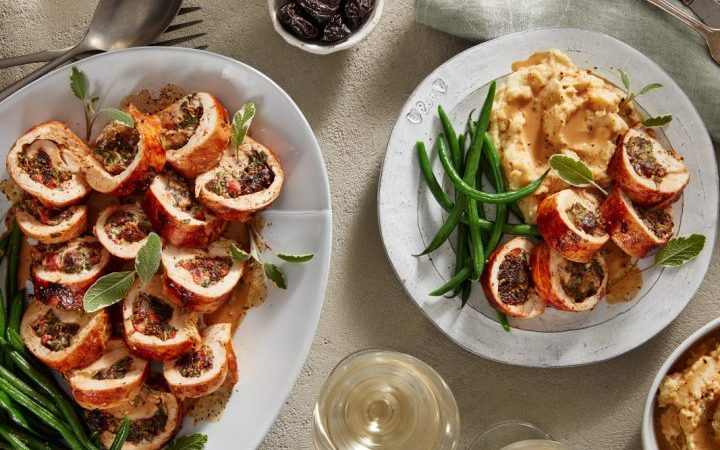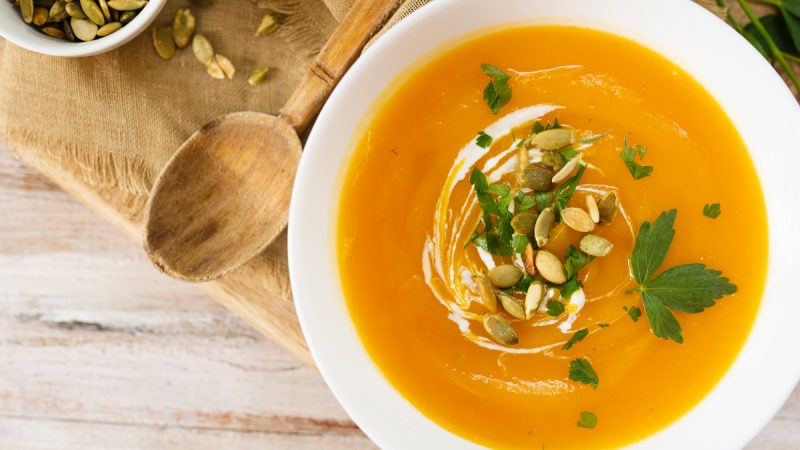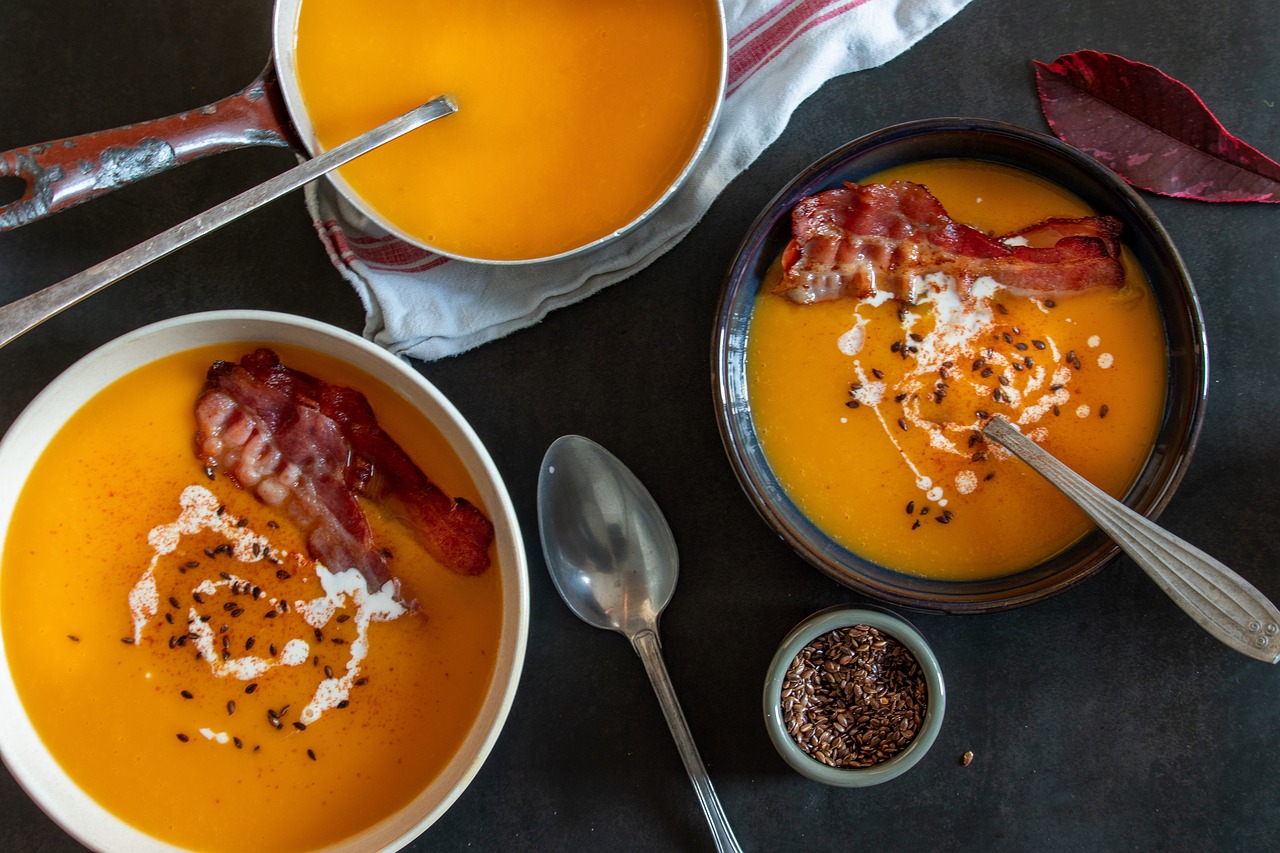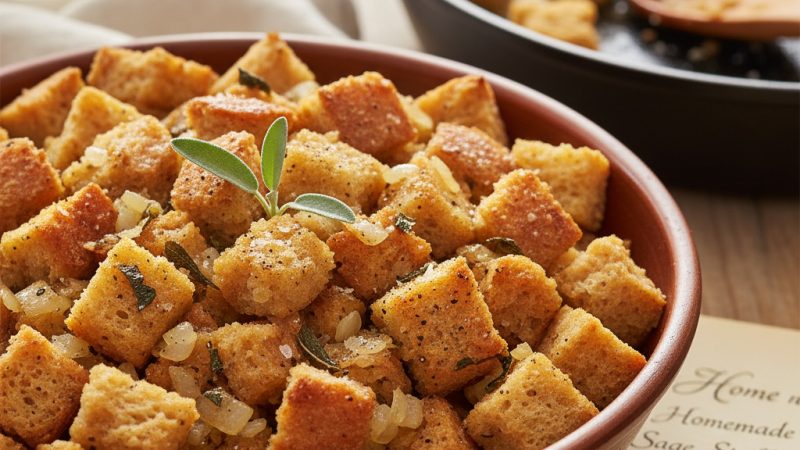A Fresh Take on a Classic Dish
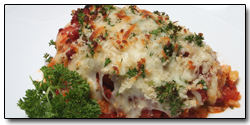
The widespread use of chicken, one of the cornerstones of a healthy diet, makes creating a fresh, new taste challenging. Fortunately, throughout its long history, the classic bird has proved very versatile. For over 8,000 years, it has been an important food source. The fowl, which probably originated in Asia, are believed to have been brought to the Polynesian islands about three millennia ago. They later found their way to the Americas with the Spanish conquistadors. Since then they have continued to provide an amazing variety of taste, nutrition and recipe possibilities.
Pairing the venerable bird with tomato, basil and cheese creates a fresh yet classic taste. Moreover, being able to pop it into the oven makes this dish perfect for busy summer lifestyles.
The taste and acidity of the tomatoes both tenderizes and adds flavor to the chicken. The Aztecs used these red jewels as long ago as 700 A.D. It was not until the 16th century, however, that Europeans were introduced to the fruit that is used as a vegetable. Although many believed they were poisonous, the true culprit may have been the flatware used at the time.
Rich people used plates made of pewter, which had a high lead content. The acidity of the tomato caused the lead to leech out. In contrast, poor people, who ate off wooden plates, did not have this problem. No matter, the highly acidic nature of the tomato made it perfect for canning. By the end of the 19th century, it was canned more than any other fruit or vegetable.
The onion provides a mellow taste and texture, because heat changes the sulfur compounds that give raw onions their sharp taste. This releases the naturally sweet flavor of the onions. Also, when cooked, the subtle, peppery taste of the basil evolves into a slightly sweet flavor with a delicate aroma.
Finally, the mozzarella cheese provides a mild, delicate flavor with a pleasant, chewy consistency. Unlike most cheese, it is not aged. The result is a fresh, light topping for the chicken. Completing the topping is parsley and bread crumbs. When baked, the crumbs add a satisfying texture and consistency. This recipe is easy to prepare and provides a convenient dish that makes great leftovers. Once you pop it in the oven, all you have to do is wait to serve up a healthy measure of nutrition and taste.
Baked Tomato Basil Chicken Breasts
– Makes 6 servings.
- 3 Tbsp. olive oil, divided
- 1/3 cup onion, chopped
- 1 (6-ounce) can tomato paste
- 2 medium (2 cups) tomatoes, 1 inch cubes
- 1 Tbsp. dried basil leaves
- 2 tsp. garlic, finely chopped
- 1/4 tsp. pepper
- 6 (4 ounce each) chicken breasts, boneless and skinless
- 3/4 cup fresh bread crumbs
- 1/4 cup fresh parsley, chopped
- 6 ounces (1 1/2 cups) reduced-fat mozzarella cheese, shredded
Preheat oven to 350 degrees.
In 7 x11 baking pan, pour 1 Tbsp. olive oil and spread over bottom.
In a medium bowl, stir together all remaining ingredients (except chicken, crumbs, parsley and cheese) and set aside.
Place chicken in baking pan, turning to coat with oil. Season with salt and pepper.
Spoon sauce mixture over chicken. Bake 30 to 40 minutes or until chicken is no longer pink.
In a small bowl, stir together crumbs, parsley and cheese. Sprinkle over chicken.
Continue baking for 5 to 10 minutes or until bread crumbs are golden brown.
Per serving: 360 calories, 14 g total fat (5 g saturated fat), 19 g carbohydrate, 38 g protein, 3 g dietary fiber, 470 mg sodium.
The Author:
The American Institute for Cancer Research LogoThe American Institute for Cancer Research (AICR) is the cancer charity that fosters research on the relationship of nutrition, physical activity and weight management to cancer risk, interprets the scientific literature and educates the public about the results. It has contributed more than $86 million for innovative research conducted at universities, hospitals and research centers across the country. AICR has published two landmark reports that interpret the accumulated research in the field, and is committed to a process of continuous review. AICR also provides a wide range of educational programs to help millions of Americans learn to make dietary changes for lower cancer risk. Its award-winning New American Plate program is presented in brochures, seminars and on its website, www.aicr.org. AICR is a member of the World Cancer Research Fund International.

